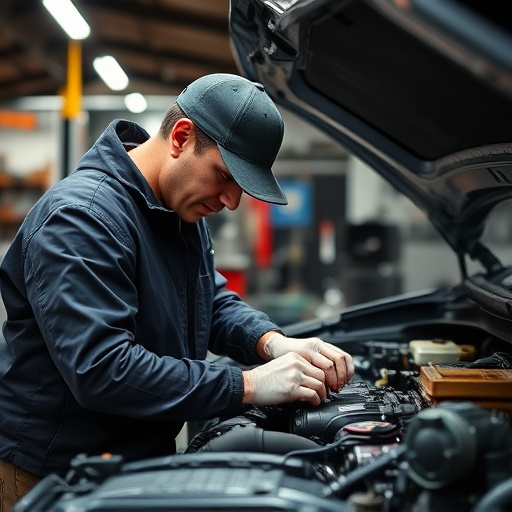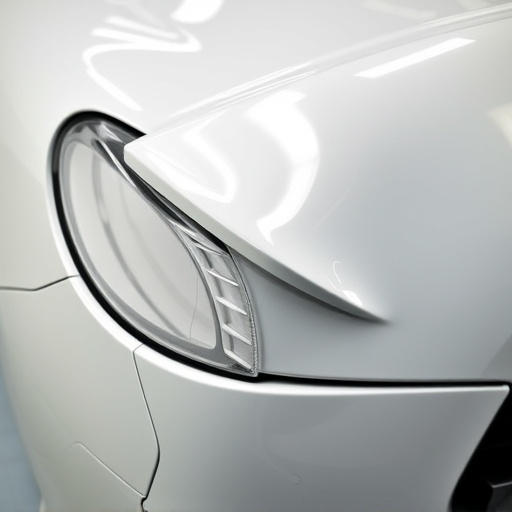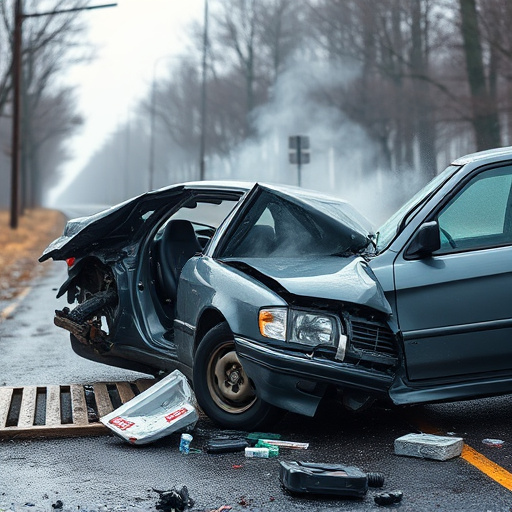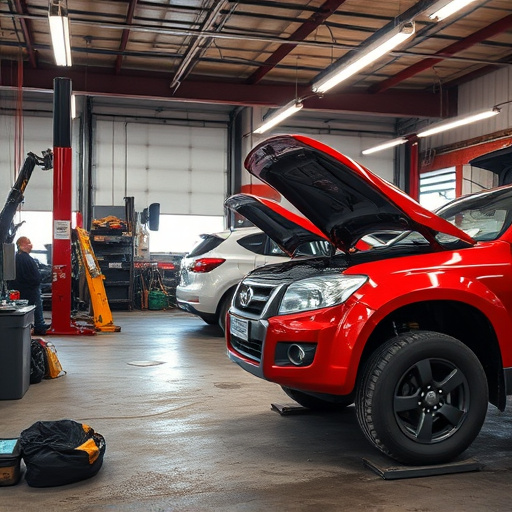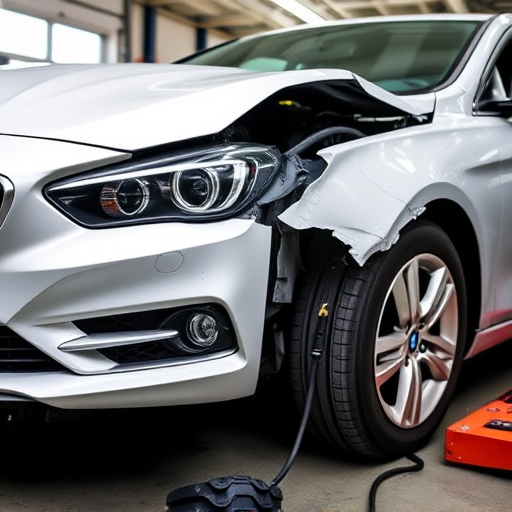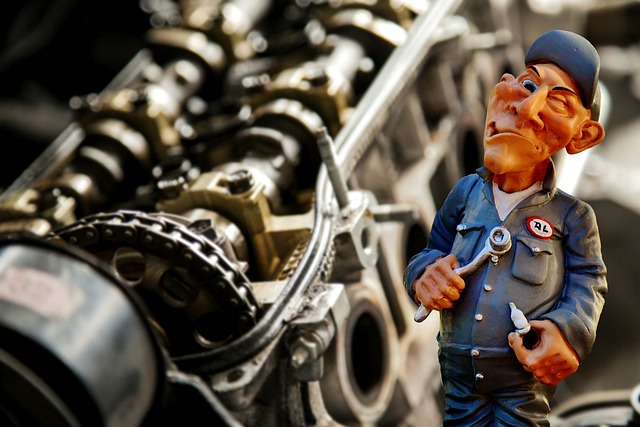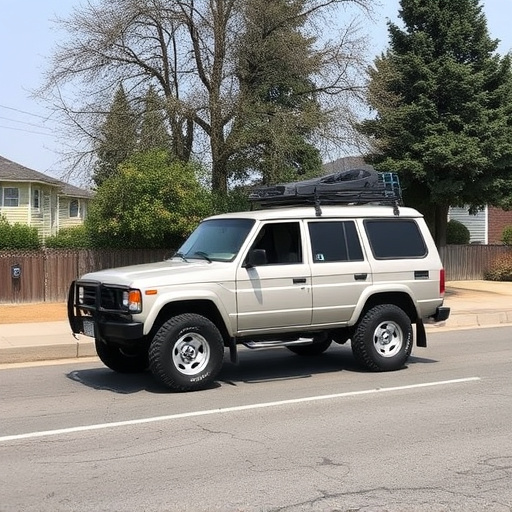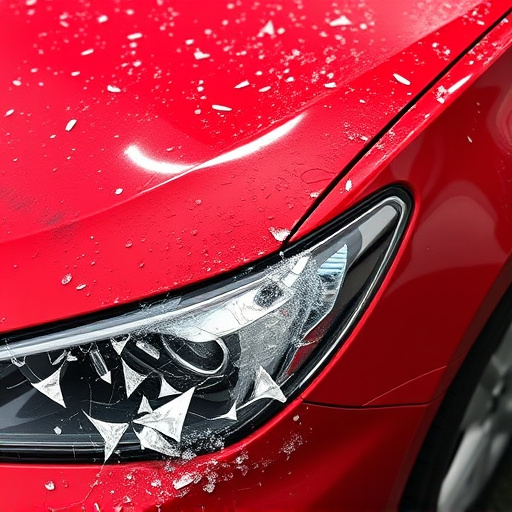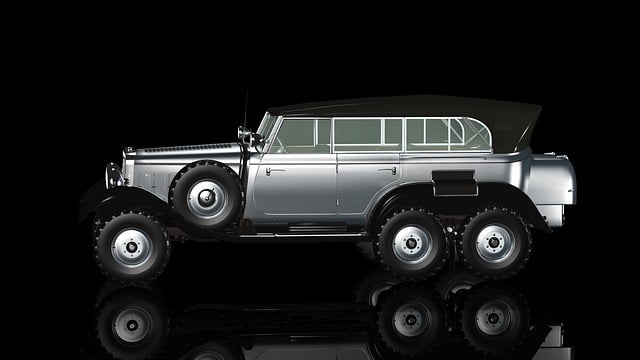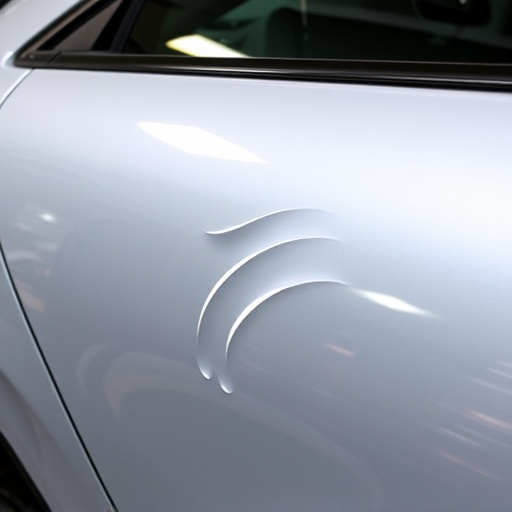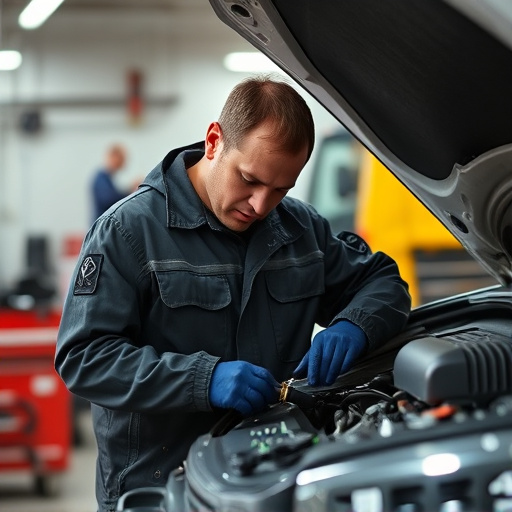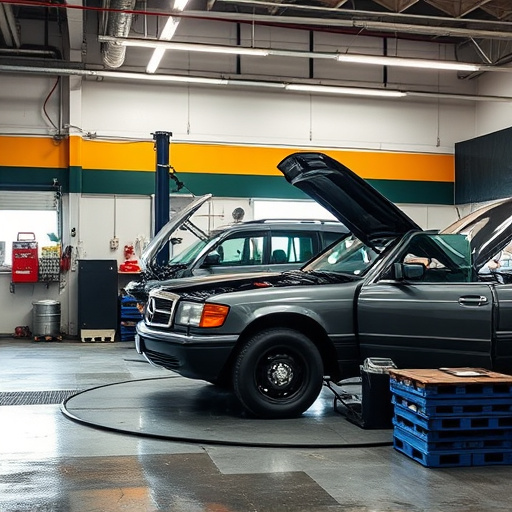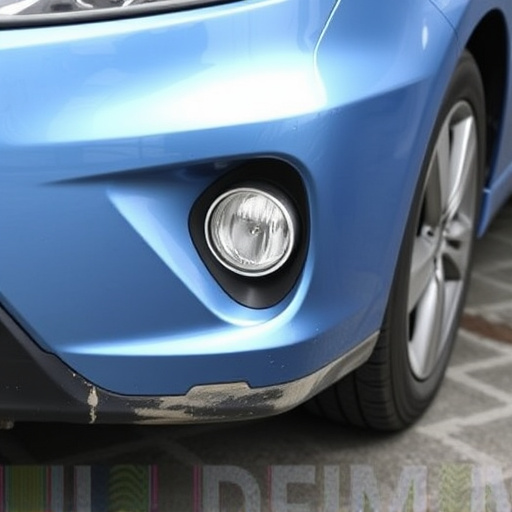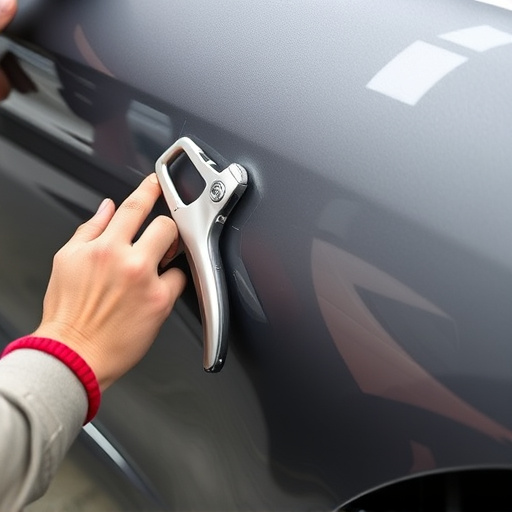Driveshaft collision repair begins with a thorough assessment of drivetrain damage, using specialized tools to detect issues like cracks, breaks, and misalignments in components such as the driveshaft, u-joints, and CV joints. This holistic approach, integrating driveshaft repairs with related services, ensures vehicle safety, reliability, and drivability after an accident. Skilled technicians conduct detailed inspections and use advanced scanning equipment to uncover hidden damage, addressing structural integrity through meticulous fabrication or realignment of components. Proper identification and repair prevent unsafe driving conditions caused by undiagnosed internal issues.
After a crash, ensuring safe driveshaft collision repair is paramount for both vehicle performance and driver safety. This comprehensive guide delves into best practices for addressing this critical component, from initial damage assessment using visual inspection versus advanced tools, to choosing suitable repair methods based on severity.
We explore the benefits of replacement versus rebuilding, emphasizing parts compatibility and quality. Additionally, we highlight post-repair safety measures, including alignment checks and dynamometer testing, ensuring your vehicle’s drivetrain functions optimally and securely after a collision.
- Assessing the Damage After a Crash
- – Understanding common driveshaft damage from accidents
- – Visual inspection vs. professional diagnostic tools
Assessing the Damage After a Crash
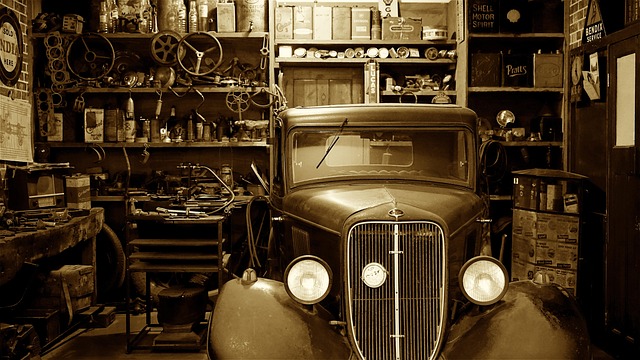
After a crash, the first step in any driveshaft collision repair is a thorough assessment of the damage. This involves examining both the visible and hidden components of the vehicle’s drivetrain, including the driveshaft itself, u-joints, and constant velocity (CV) joints. Technicians use specialized tools to inspect for cracks, breaks, or misalignments that could compromise safety and performance.
During this process, it’s crucial to consider not just the driveshaft but also related components like tire services and car bodywork. Car damage repair may extend beyond the drivetrain, requiring repairs to fenders, panels, and other structural elements. Integrating these various aspects into a comprehensive plan ensures that the vehicle is not only drivable again but also safe and reliable on the road, addressing all issues stemming from the initial crash impact.
– Understanding common driveshaft damage from accidents
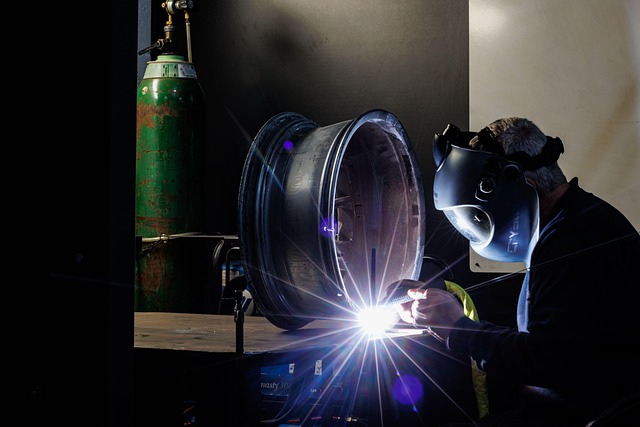
Driveshaft collision repair is a critical aspect of automotive safety following a crash. Common types of driveshaft damage include cracks, fractures, and misalignments caused by high-impact collisions. These damages can range from superficial dents to severe structural compromises that affect the vehicle’s overall stability and performance. Proper identification of these issues is paramount before engaging in any repair process, as addressing only visible exterior dents while ignoring internal structural problems may lead to unsafe driving conditions.
In the aftermath of an accident, detailed inspections are crucial. Skilled technicians utilize specialized tools for dent removal and employ diagnostic techniques to uncover hidden damage, especially in complex cases. Unlike superficial repairs that might enhance the vehicle’s aesthetic appeal through auto detailing, driveshaft collision repair prioritizes structural integrity. This involves meticulous fabrication, replacement, or realigning of components to ensure the driveshaft functions optimally and securely within the automotive system, thereby enhancing safety and performance.
– Visual inspection vs. professional diagnostic tools

When it comes to assessing damage after a crash, many drivers might be tempted to conduct a quick visual inspection. While this can provide an initial understanding of the situation, it’s crucial to remember that driveshaft collision repair is a specialized field. A professional diagnostic tool is essential for accurately identifying issues that may not be immediately apparent. These tools, often utilized by experienced auto repair shops, can detect subtle problems in the drivetrain and suspension systems that could lead to serious safety hazards if left unaddressed.
A visual check might reveal bent or broken parts, but it cannot replace a comprehensive analysis using advanced scanning equipment. Auto repair shops equipped with these diagnostic tools can uncover hidden damage, such as bearing wear, shaft misalignment, or even internal cracks in the driveshaft. This is particularly important for ensuring that vehicle collision repair services are thorough and safe, preventing future accidents caused by undiagnosed issues.
After a crash, safe driveshaft repairs are crucial for both vehicle functionality and safety. When assessing damage, it’s important to use a combination of visual inspections and professional diagnostic tools to accurately identify issues. For optimal driveshaft collision repair, seek out experienced mechanics who can perform thorough evaluations and implement best practices to ensure your vehicle returns to its pre-accident condition, enhancing your driving experience and peace of mind on the road.
